America is not, and never will be, complete. It is a process, a collaboration between people who do not share the same views and sometimes hate each other. It is the idea that these people can live together, and help one another, and realize the dreams sketched out very long ago by the Founding Fathers.Embracing America does not mean uncritically endorsing everything about America. It does not meaning casting back to some 1950s ideal, or deifying those Founding Fathers, who owned slaves and restricted the right to vote to wealthy white landowning men. We can acknowledge that while at the same time honoring them for starting this process, for giving us this country that has been improved, bit by bit.
Advertisement
That improvement has been halting, and sometimes bloody. Americans have been killed trying to secure life, liberty, and the pursuit of happiness for their children. Often it was other Americans who killed them. But still, despite everything, the country we inherited has progressed, slowly, into something better.Looking back on that process is daunting, because it requires us to examine America's sins. Slavery, of course. The genocide of Native Americans. The Civil War. Centuries of racial violence, much of it endorsed by the government. Discrimination of all sorts. Internment camps, race riots, segregation, election after election tainted by vote suppression that grows ever more subtle. Some of these things are still going on today. Celebrating America can seem hard when we think of that.But this July 4 let us also remember that the people who pushed America to recognize these sins are also Americans. It was Americans who fought to end slavery, to give all citizens the right to vote, to have freedom from discrimination enshrined into law, to be able to openly declare yourself gay or trans without fear of persecution. It is Americans today working against police violence, against laws that restrict freedom, against overreach by the government and corporations.These Americans are patriots. Some of them may be uncomfortable with that label, but you do not need to endorse the US government or its policies to be a patriot; sometimes being patriotic requires exactly that dissent.
Advertisement
In tribute to them, here are photos of protests—many famous, a few forgotten—that helped shape the country, along with a few protests from the past few years whose impact we do not yet know.
In 1917, a silent march was held in New York City in response to a race riot in East St. Louis that remains one of the most shameful incidents in American history. In New York, around 10,000 marchers walked down the street:
Photo via New York Public Library
The most famous protest movement of the era, though, was the women's suffrage movement. Women finally won the vote in 1920, after decades of struggle stretching back at least to the Seneca Falls Convention in 1848:
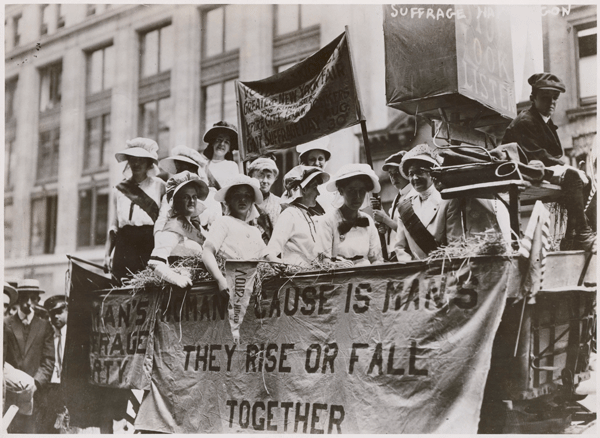
The Great Depression powered social unrest across the country. Maybe the most famous action in response to the downturn was the "Bonus Army," a group of World War I veterans who marched on Washington, DC, in 1932 to demand payment they had been promised. They were met with force:
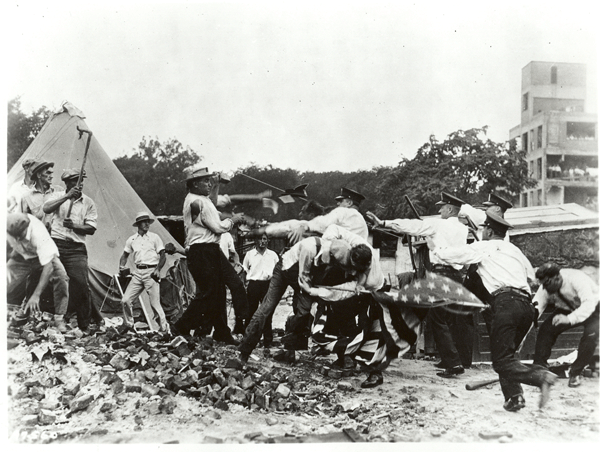
As this was going on, the labor movement in the US was making gains even though union organizers were routinely subjected to violence from management. Coal miners in West Virginia in particular endured terrible hardship as they fought for a living wage. Here are some striking miners in 1935:
Photo by Ben Shahn via the New York Public Library
Flashing forward, the cause that has become the most ingrained in the American psyche is the Civil Rights Movement of the 50s and 60s. Not just because activists were up against the racist laws of Jim Crow, but because they met state-sponsored brutality and injustice with nonviolence, even songs. In this undated photo, a group of "freedom riders" sings while under arrest:
Photo via Getty
The 60s birthed a new generation of activists who protested the Vietnam War, racist institutions, and pretty much everything the establishment had to offer. Sometimes things got blissfully, wonderfully stupid, as when the "Yippies" brought a pig named Pigasus to the 1968 Democratic National Convention and said they wanted to nominate it for president:
Julian Wasser/The LIFE Images Collection/Getty Images
In the West, few movements were as important as Cesar Chavez's United Farm Workers, which unionized Hispanic migrant workers, who were desperately poor. Here is a shot from the "thousand-mile march" of 1975, when Chavez and others walked from the Mexican border to Sacramento to educate workers about a new labor law:
Photo by Cathy Murphy/Getty Images
On the other side of the country, the 1969 Stonewall Riot became a flash point for the cause that would become the LGBTQ rights movement. This photo is from Christopher Street Liberation Day in 1971, an annual event that evolved into Pride:
Though sometimes overlooked today, the American Indian Movement was one of the most radical groups of the era. In 1973, AIM occupied the town of Wounded Knee on the Pine Ridge Reservation in South Dakota. Here is a photo from that occupation. Russell Means, an AIM leader, is on the right:
AP Photo
By the 1980s, the gay rights movement was forced to take up a new cause, as AIDS devastated the gay community and the country as a whole mostly ignored it. Here is a group of people with AIDS marching in New York City Pride in 1986:
Photo by Barbara Alper/Getty Images
Sometimes, protesters are dismissed as misguided or naive. Sometimes, they turn out to be right, like the millions of people who protested the Iraq War, now regarded as one of the worst foreign policy blunders in US history. Here is a group of marchers in the rain in Washington, DC, in 2003:
Some of that same energy was present at Occupy Wall Street, a left-wing anti-corporate cause that inspired a new generation of activists. The encampment that inspired similar occupations around the world, at Manhattan's Zuccotti Park, was filled with earnest activists, hangers-on, genuine nuts, and members of the press. It could be powerful, and it could be silly:
Photo by Harry Cheadle
The other prominent left-wing movement of the decade is Black Lives Matter, inspired in particular by the killing of Michael Brown by a cop in Ferguson, Missouri. When the officer who shot Brown, Darren Wilson, was not charged with a crime in 2014, it inspired anger across the country. Here is a photo from those protests in Oakland, California:
AP Photo/Noah Berger
Protests do not have to be motivated by rage. Sometimes they can be inspired by love and hope. This year's Women's March in Washington, DC, was in response to the election of Donald Trump and had an undercurrent of fear—but the message was undeniably positive:
Photo by Meryl Meisler
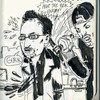
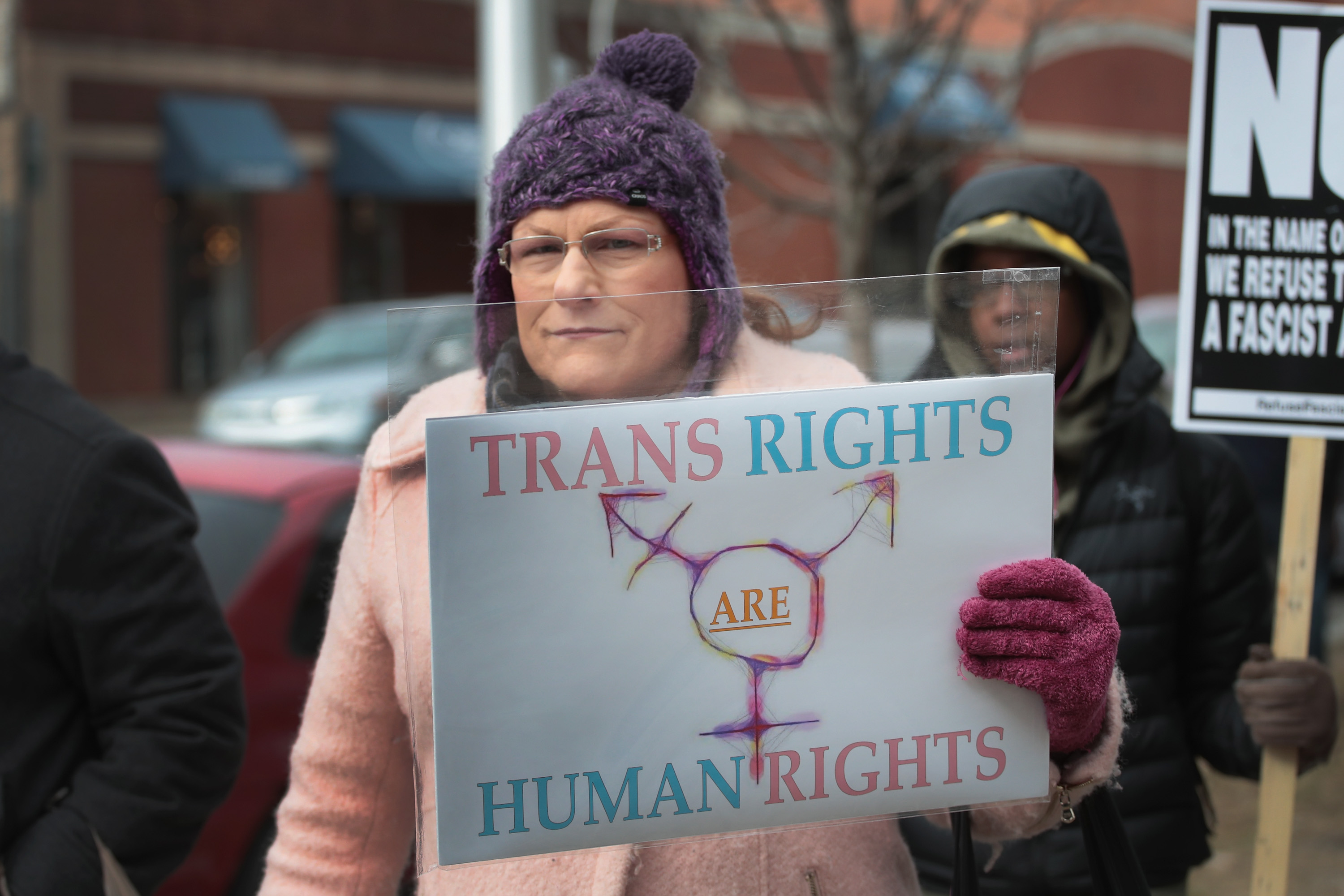 Photo by Scott Olson/Getty Images
Photo by Scott Olson/Getty Images
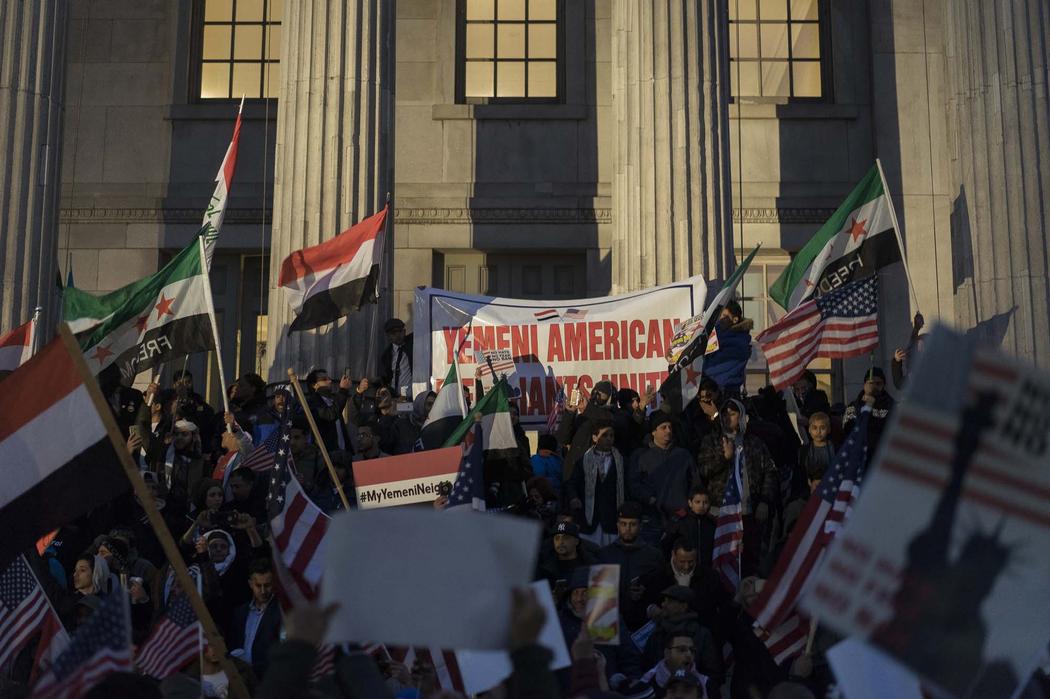 Photo by Pete Voelker
Photo by Pete Voelker
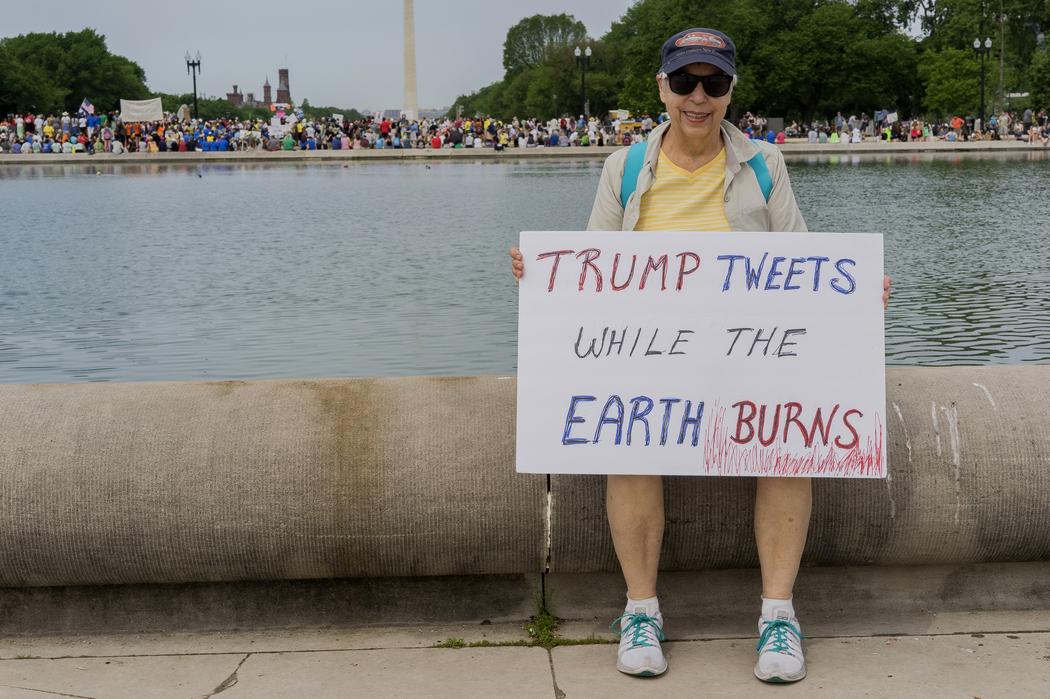 Photo by Pete Voelker
Photo by Pete Voelker
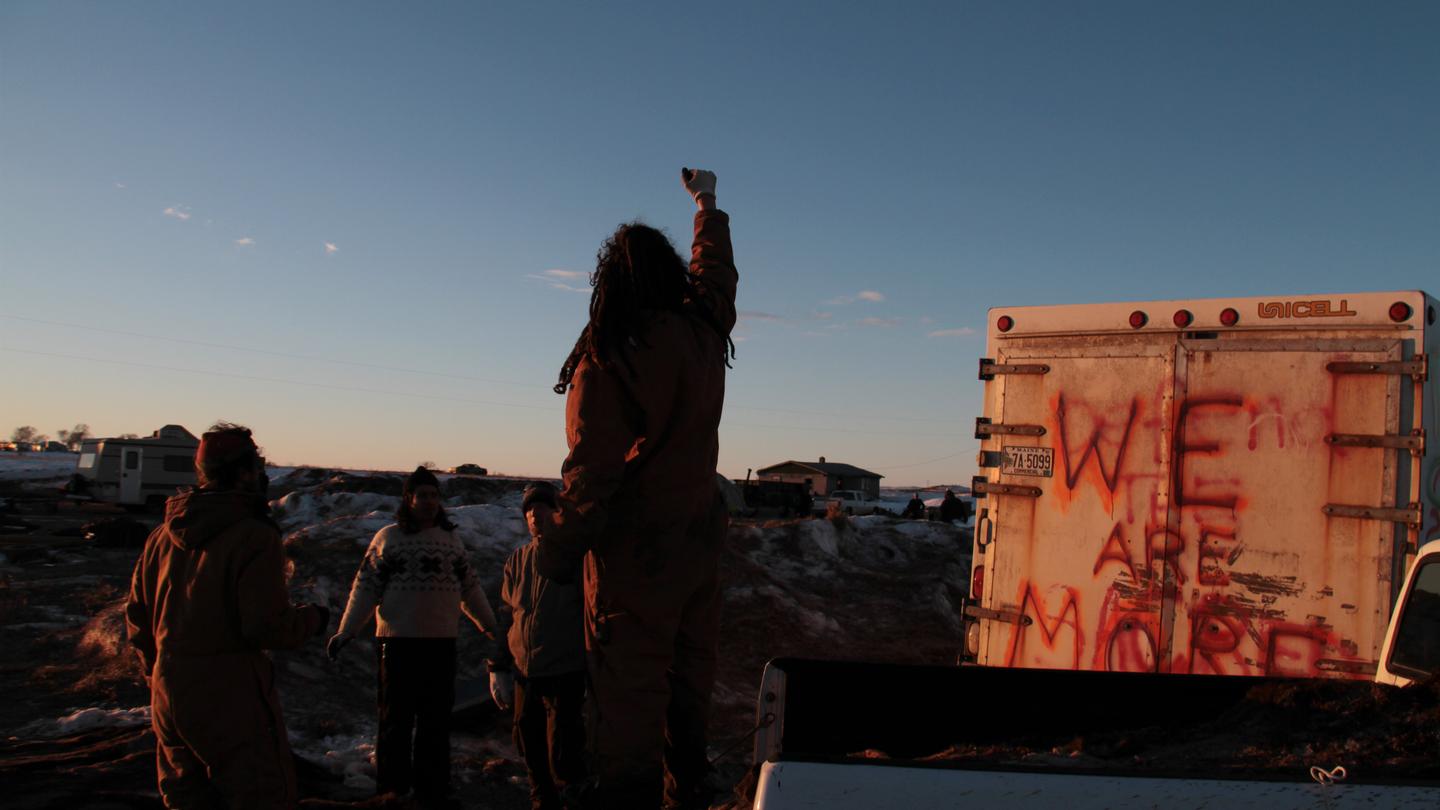 Photo by Cheree Franco
Follow Harry Cheadle on Twitter.
Photo by Cheree Franco
Follow Harry Cheadle on Twitter.